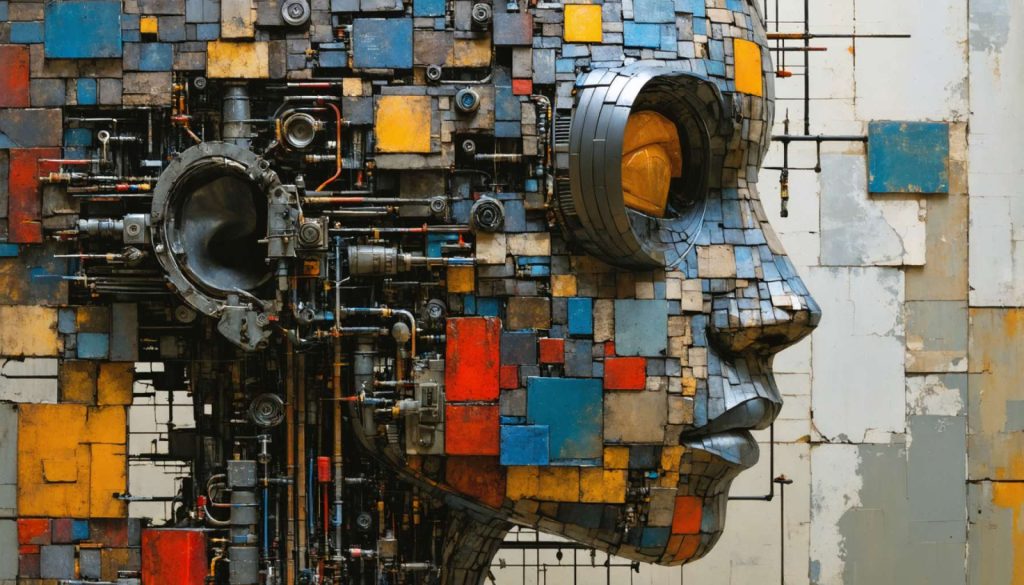
- Dwai Banerjee is an anthropologist who explores the relationship between humans and technology, infusing complex topics with human-centric narratives.
- His book “Enduring Cancer” highlights the emotional and existential struggles of impoverished cancer patients in Delhi, contrasting medical advancements with patient needs.
- In “Hematologies,” Banerjee and Jacob Copeman examine blood’s cultural symbolism in India, presenting it as a socio-cultural artefact.
- Banerjee’s upcoming book focuses on India’s history with computing and its transition in a globalized tech landscape.
- His journey from computer engineering to anthropology at MIT illustrates the role of humanities in understanding societal structures and human experiences.
- Banerjee’s work integrates historical and anthropological perspectives, urging a mindful approach to technology that prioritizes human stories and experiences.
In a world where technology continuously reshapes the fabric of society, Dwai Banerjee stands as a guiding star, illuminating the intricate dance between humans and their technological brethren. An anthropologist with an insatiable curiosity, Banerjee explores realms that many might find daunting, turning complex issues into engaging narratives that connect with our innate humanity.
Peering into the microcosm of human experiences, Banerjee’s works transcend traditional academic boundaries, offering fresh perspectives on diverse subjects. With “Enduring Cancer,” published in 2020, he delves into the poignant lives of impoverished cancer patients in Delhi, unraveling their psychological landscapes and their interactions with an often-overwhelming healthcare system. Here, the true battle goes beyond the physical, capturing the emotional turbulence and existential dilemmas that accompany a life-altering diagnosis. The study highlights a profound divergence between the technological prowess of modern medicine and the fundamental needs of patients as human beings.
Banerjee’s focus isn’t limited to the medical sphere. In “Hematologies,” a joint venture with anthropologist Jacob Copeman, he examines the deep cultural symbolism of blood within Indian society. Through these pages, blood emerges not just as a biological essential but as a complex cultural and social artefact, carrying meanings as varied as life itself.
His upcoming book, eagerly anticipated by many, shifts the narrative from bodily introspections to technological evolution. It explores the history of computing in India, a story where budding ambition and the stark realities of globalization intertwine. This narrative invites readers to imagine a vibrant India once teetering on the edge of technological self-reliance, only to pivot under international forces into today’s dual role as both an innovator and consumer on the global tech stage.
Banerjee’s journey from a budding computer engineering student in Delhi to an anthropologist at MIT reveals the transformative power of the humanities. Initially drawn toward technical pursuits, Banerjee found himself enchanted by the humanities’ ability to evoke deeper understandings of human experiences and societal structures. This shift not only redefined his career trajectory but enriched his scholarly pursuits, helping him uncover the nuanced interplay between technological advancement and human life.
The essence of Banerjee’s work resides in his ability to weave together historical insights with anthropological scrutiny, creating a tapestry of knowledge that is as profound as it is engaging. His interdisciplinary approach ensures that his studies don’t just remain theoretical musings but become catalysts for dialogue about how technology shapes – and is shaped by – human society.
Banerjee exemplifies the spirit of exploration, using his passion to dissect and narrate the challenges that people face in the shadows of technological giants. His works urge us to consider who we are becoming in this rapidly evolving world, reminding us that at the heart of every technological leap lies a human story waiting to be told. This insightful journey prompts a pivotal takeaway: as technology unfolds, it is imperative to place people at its core, ensuring progress that enriches, rather than overshadows, human experiences.
How Dwai Banerjee’s Work Illuminates the Human Condition Amidst Technological Advancements
Who is Dwai Banerjee?
Dwai Banerjee is a renowned anthropologist known for his unique ability to explore and narrate the interplay between technology and human society. His work stands at the intersection of sociology, anthropology, and technological studies, transforming complex issues into relatable human stories.
Key Works and Contributions
– “Enduring Cancer” (2020): Banerjee explores the emotional and existential struggles of impoverished cancer patients in Delhi. He goes beyond the clinical aspect to dissect how patients navigate an intimidating healthcare system, highlighting the gap between technological advancements in medicine and the humane treatment of patients.
– “Hematologies”: Collaborating with Jacob Copeman, Banerjee dives into the symbolism of blood in Indian society. This exploration not only examines blood as a biological necessity but also as a cultural symbol with diverse meanings.
– Upcoming Book on the History of Computing in India: This anticipated work will chart India’s journey from aspiring technological independence to becoming a global player in the tech industry. This narrative aims to reveal how globalization influences technological ambitions and realities in India.
Humanizing Technology Through Anthropology
Banerjee’s journey from computer engineering to anthropology at MIT exemplifies how humanities can enhance our understanding of both technology and human experiences. His work underscores the importance of maintaining a human-centric perspective as technology evolves.
Pressing Questions and Insights
What Role Does Banerjee Play in Bridging Technology and Humanity?
Banerjee acts as a mediator who brings to light the often-overlooked human stories behind technological changes. By doing so, he emphasizes that technological progress should not overshadow human experiences but enrich them.
How Does Banerjee’s Work Apply to Real-World Scenarios?
Banerjee’s research encourages healthcare professionals and technologists to prioritize empathy in their practices. In “Enduring Cancer,” for example, there’s a call for more compassionate healthcare policies that consider the emotional and psychological needs of patients.
Industry Trends and Predictions
The growing field of digital anthropology, which assesses the influence of technology on human cultures, resonates with Banerjee’s work. As the tech industry advances, there’s a heightened need for interdisciplinary studies that explore these impacts, suggesting a bright future for anthropological research in tech.
Pros and Cons of Focusing on Human Stories in Technology
Pros:
– Empathy and Compassion: Focusing on human stories fosters a more compassionate technological ecosystem.
– Balanced Progress: It ensures that advancements contribute positively to society.
Cons:
– Complex Analysis: It can complicate technological discourse by highlighting issues that require nuanced understanding.
– Potential for Bias: Emphasizing human stories could introduce subjective interpretations, potentially swaying technological decisions.
Quick Tips for Applying Banerjee’s Insights
– For Educators: Integrate socio-anthropological perspectives into STEM education to cultivate more empathetic and holistic tech professionals.
– For Policymakers: Develop tech policies that consider the societal impacts alongside economic and technological benefits.
– For Technologists: Engage with human stories to better understand the societal implications of technological developments.
Explore more about the intersection of technology and society at MIT.
Banerjee’s work provides invaluable lessons on the importance of considering human elements in the era of rapid technological advancement. As we continue to innovate, it’s crucial to remember the human stories behind each leap and bound in technology.



